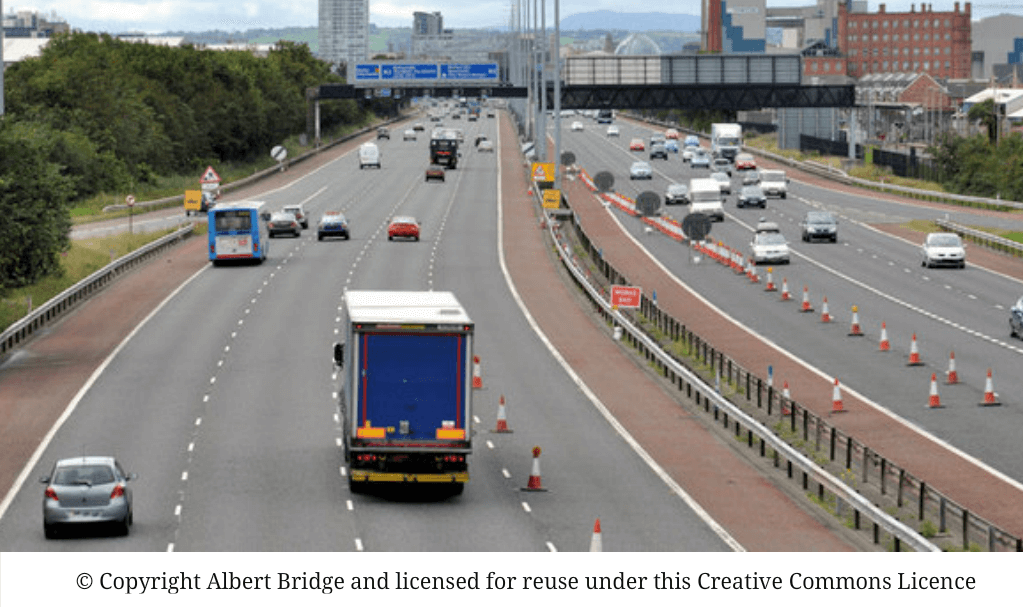The HGV industry is ever changing. As the world evolves and embraces new technology, as it looks towards improvements in productivity, safety and the environment, so the HGV and haulage sector has needed to keep up, remain open-minded about innovation and always seek to find new techniques, products and technology to make life easier, safer and better for the world around us.
This has been seen in the recent announcement of various new inventions or designs within the industry, all focused on improving the industry for the future.
Safety Improvements
Safety remains at the forefront of the HGV industry. As roads get busier, and the vehicle types more varied, so the danger of collision and accident remains high. Add to this the pressures on time commitments – both from HGV drivers and other road users – and it is clear that safety is, and should remain, a priority measure for all.
This has led to a series of innovations designed to improve road safety.
The Drop Down System®
Back in 2015 the London Freight in the City Expo was the venue for a new launch from Dawes Highway Safety. Designed to stop cyclists and pedestrians being killed and crushed under the wheels of an HGV in an accident, the Dawes Highway Safety’s Drop-Down® system offers a barrier between road surface and HGV which physically prevents a human from getting trapped under the vehicle if an accident did occur.
The innovative new design has been launched for use by HGVs in built-up areas when pedestrians and cyclists are more likely to be in the close vicinity of the vehicles.
Blind Spot Elimination
Also back at the end of 2015 it was announced that all HGVs and similar large vehicles had to put into place suitable measures to eliminate blind spots to reduce the number of cyclists and pedestrians hit in built up areas.
The blind spot issue has led to he adoption of existing technology into the make-up of an HGV. In particular this has been in the increased used of CCTV on the body of HGVs. Strategic placement of a CCTV camera on a lorry’s body can significantly aid the elimination of blind spots as it enables the driver to get a much better ‘live’ view of the side that may have previously been un-viewable in the past. And thereby allowing further sight of those cyclists, motorcyclists and pedestrians travelling lower down beneath the vehicle.
Improved Cab Designs
Innovation in the design, shape and dimensions of HGV cabs have also been implemented in recent years with a focus on improving safety.
One key area in which cab design has been developed to improve safety has been in making the shape rounder. With a more curved and elongated shape the rounder cab design enables greater peripheral vision, further aided by increasing the glazed areas lower down the doors as well as reducing the size of the dashboard.
With improvements to the mirrors, both in shape, size and positioning (and indeed the possibility of CCTV installation) the vision for the driver can be enhanced to deliver much greater chance of reducing impact with much smaller vehicles or pedestrians.
One further effect of a rounded cab, it has been claimed, is that should an accident occur (as inevitably they will, from time to time, regardless of safety improvements) then the curvature can actually lessen the force of impact, in itself an additional safety feature.
© Copyright Albert Bridge and licensed for reuse under this Creative Commons Licence


